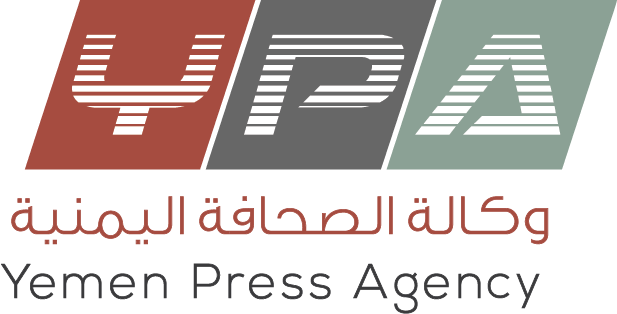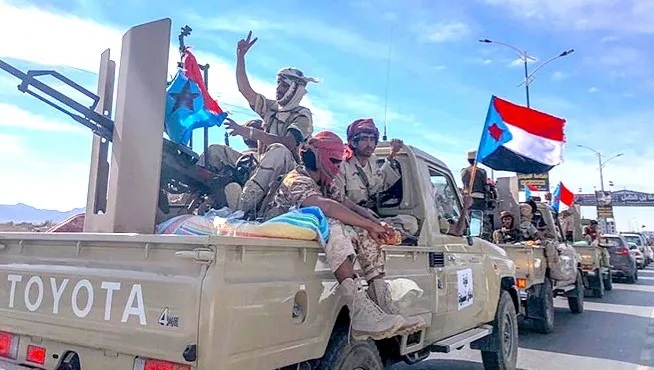ADEN, March 10 (YPA) – As an indication of the magnitude of conflict among the forces loyal to the Saudi-led coalition in Yemen, Aidarous al-Zoubaidi, the President of the UAE-backed Southern Transitional Council (STC), held a meeting on Saturday, with the STC’s commanders of military factions.
The meeting comes nearly two weeks after the announcement made by pro-coalition Defense Minister, Mohsen al-Daeri, regarding anticipated decisions to be issued by the “Presidential Leadership Council”, led by Rashad al-Alimi, regarding “the integration of factions loyal to the coalition into a single entity under the leadership of the Ministry of Defense.”
An expected Decision And Anticipated Rejection
The STC vehemently rejects any attempts to integrate UAE-affiliated factions into a unified structure encompassing all armed factions in the coalition-controlled areas in southern and eastern Yemen.
While the rest of the components loyal to the coalition do not show any enthusiasm for the idea of integration into a unified force, their opposition seems subdued compared to the clear opposition voiced by the STC against the idea of engaging in a single military entity.
Saudi Pressures
Saudi Arabia exerted pressure last year on the STC, forcing the latter to partially comply and provide some data regarding the number of recruits in its factions to the pro-coalition Ministry of Defense. This step represented the first breach of the military secrets of the STC, which it had kept secret, the price of which was allowing al-Zoubaidi’s return to Aden with a number of STC leaders in November 2022 after an absence of nearly three months from Aden.
A Complex Map
From the perspective of observers, it seems that the map of military formations is becoming more complex, making it impossible to bring the components together into a single entity, especially since the establishment of those armed factions was based on hostile motives between pro-coalition factions, which were based on differences between Saudi Arabia and the UAE at the top.
Before the conflict branched out to the components affiliated with each party separately, such as the dispute between factions of the Islah Party with the UAE and Saudi Arabia, and the formations branching out from Riyadh and Abu Dhabi, while the UAE worked on creating multiple disparate military factions, including the Giants Forces, Shabwani Elite Forces, Hadhrami Elite Forces, and factions affiliated with the Transitional Council.
Although the second version of the “Riyadh Agreement” to settle the ongoing conflict between pro-coalition included “forces integration” and “redeployment”. This agreement has not been implemented on the ground and does not appear to be slated for future implementation.
E.M


